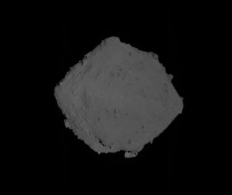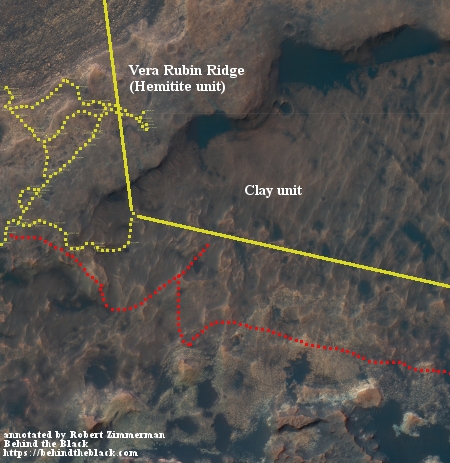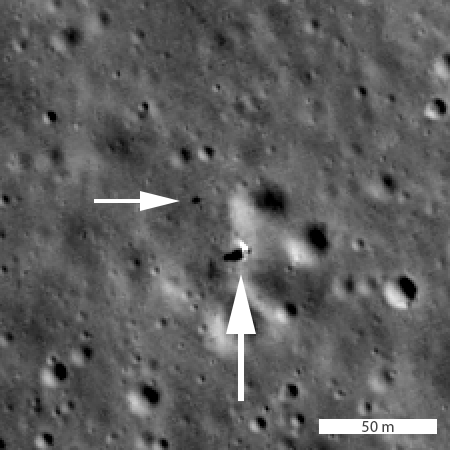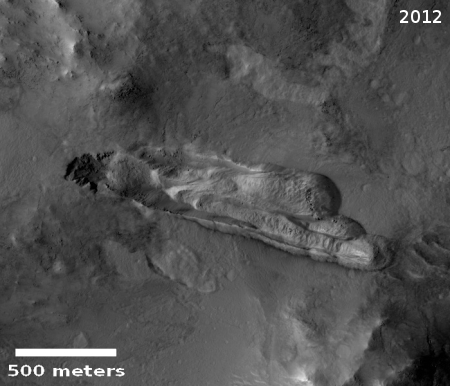There were two stories today impacting the future of American manned spaceflight. The first is positive, the second is downright hostile to that effort, and could literally be called treasonous by some.
The first story outlines in detail NASA’s press coverage and schedule leading up to and including the March 2nd SpaceX unmanned Dragon test flight. The key event will be the flight readiness review on February 22nd. NASA will televise a post review press conference no earlier that 6 pm (Eastern) that night. That review will determine whether the flight goes on March 2nd.
That NASA has made this announcement indicates that the agency is slowly being dragged, kicking and screaming, into allowing the test flight to finally happen, after years of bureaucratic delay.
The second story illustrates some of the ongoing kicking and screaming that is still going on inside NASA. It is also more disturbing. As far as I can tell from the story, some of the anti-American forces within NASA’s bureaucracy teamed up with Reuters today to publish this hit piece on the manned capsules of both SpaceX and Boeing.
Two people with direct knowledge of the program told Reuters that the space agency’s concerns go beyond the four items listed, and include a risk ledger that as of early February contained 30 to 35 lingering technical concerns each for SpaceX and Boeing. Reuters could not verify what all of the nearly three dozen items are. But the sources familiar with the matter said the companies must address “most” of those concerns before flying astronauts and, eventually, tourists to space. [emphasis mine]
Note that these are anonymous sources. Note that their attack, a bunch of unsubstantiated leaks, is directly aimed at discrediting the efforts of both companies. Note also that if they succeed the ultimate and only benefactor will be Russia, since NASA will then be forced to buy more Soyuz flights from them, on a rocket that has recently had a launch failure and in a capsule that someone in Russia actually sabotaged during assembly.
The last highlighted phrase, suggesting that NASA is going to use its power to block the ability of these free American companies from privately selling tourist flights on their capsules, is even more egregious. Once again, the only benefactors of this action would be the Russians, who will then be able to grab that tourist business.
It is for these reasons I call these sources, with the help of Reuters, anti-American.
Moreover, the issues that are outlined in this article are very dubious, to put it mildly. Suddenly, after years of reviews that never mentioned any issues with SpaceX’s parachutes as well as seventeen successful parachute test flights, NASA has suddenly deemed that the parachute design has “some design discrepancies.”
As for Boeing, the article mentions the valve leak failures during a engine test last year. In response Boeing has had the valves redesigned and reordered, but they still need further testing. While this is a legitimate issue, I suspect it is being used here as a sledge hammer against this American company, not as an issue that requires intelligent review.
Where is our “America-First” president in all this? Political forces in Washington and within NASA are actively working to block our country’s effort to fly in space, for the benefit of a foreign power. Why isn’t Trump doing something about this?









